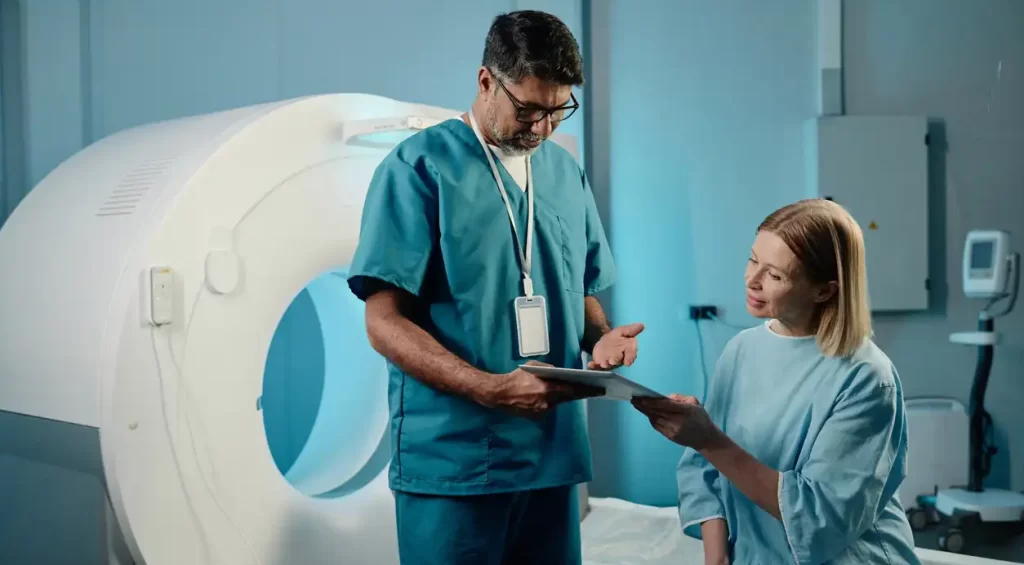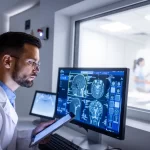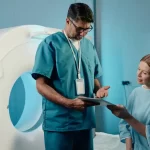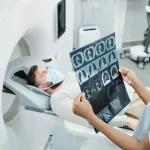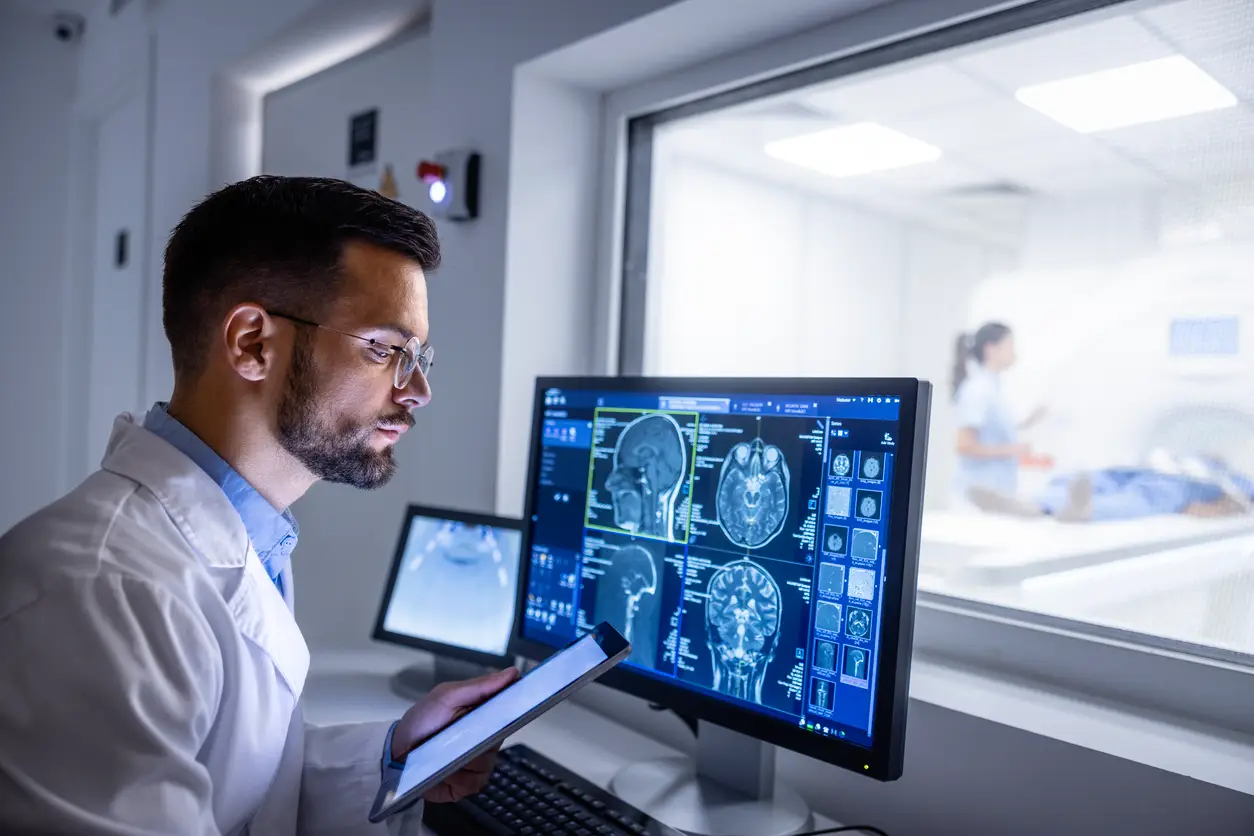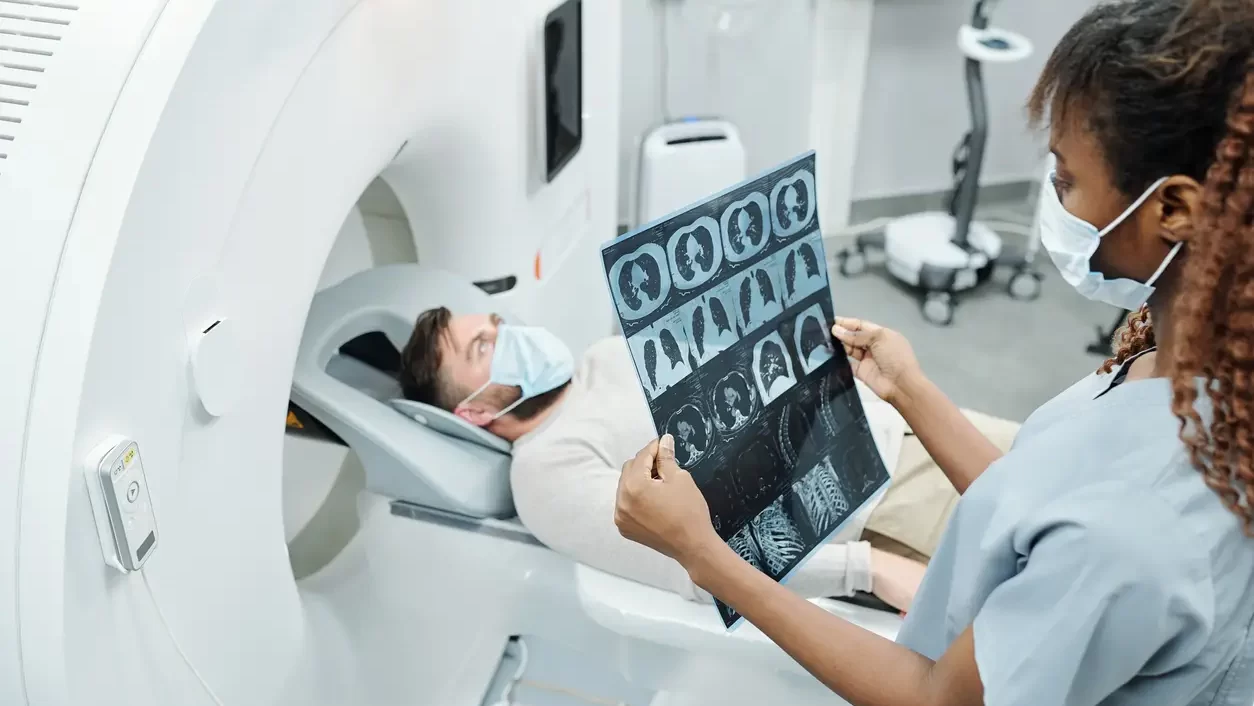Today’s medicine sometimes feels sterile, but open MRI is surprisingly comfortable. While its smaller, clattering cousin—the traditional MRI—would have been virtually like an intrusive procedure, the open one has space, serenity, and an entirely different patient experience. But more than that, open MRI imaging forces us to consider what it means to “see” inside the body. This blog is an excursion into the science, pathos, and quiet poetry that converge where high-tech imaging center Glendale and human connection meet.
Why does open MRI make a person feel more human?
Open MRI machines aren’t a new model—They’re a new attitude. MRIs are claustrophobic, noisy, and confining. Most patients, especially children or anxious patients, despise the tunnel-like design. Open MRI machines allow visibility in more than one way. Patients can see out, breathe, and even have the hand of a loved one held during the scan in some cases. These accommodations may seem small, but they significantly reduce stress and improve cooperation during the process.
Relaxation makes scanning better. The image improves if the patient is relaxed rather than upset, and the diagnosis is thus more precise. In a way, there is a human factor involved in the imaging center Glendale ca process. That is not just comfort—that is compliance.
Why open MRI is important for body diversity?
Yet another valuable advantage to open MRI technology is that it’s easy to perform on any body type. Traditional MRIs are weight- and size-constrained, meaning most patients cannot use them. Open machines welcome patients of any shape, size, and mobility. That is not convenience; it’s equal medicine.
Open access to imaging diagnosis promises earlier diagnosis and improved health outcomes, especially in groups previously denied access or exposed to medical discrimination.
How is open MRI a new medical device?
Magnetic resonance imaging is invisible sculpture. The equipment excavates images out of within the human body with magnetic fields and radio waves. In open MRI, that excavating occurs in less restricted space—a room to dream of making art, not a tube, but an open gallery room space.
Some centers use open MRI technology to image dynamically, i.e., contracting muscles or moving joints. Dynamic imaging speaks louder than static slices—a story. It particularly benefits orthopedic medicine, sports medicine, and physical therapy, where body anatomy is not the whole story.
How open MRI inspires diagnostic imagination
Radiologists don’t merely learn to see, but to perceive. Reading an image is more than a matter of recognizing patterns—it’s perceiving in 3D, visualizing movement, and using clinical knowledge on each scan. Open MRI imaging allows them to imagine the body from various perspectives. Even partially stand or turn positions are possible with certain systems, Glendale imaging center Glendale ca with greater depth.
For the orthopedic surgeon, spine physician, and neurologist, it gives them a better sense of the disease or trauma. It is not much harder to read a poem than a sentence. The message is present but flowing, layered, and intimate.
Can open MRI change our knowledge about the patient?
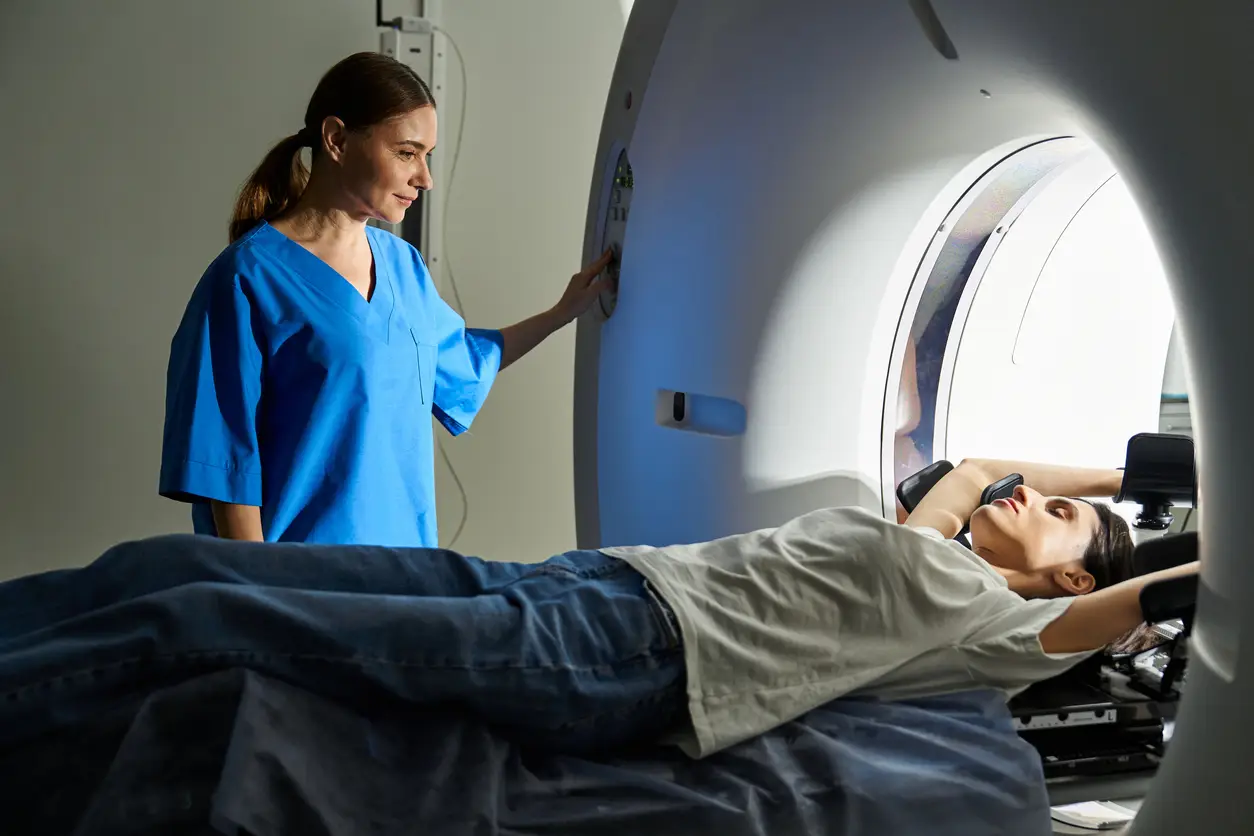
Since open MRI patients can see what is being done to them, they feel like they are in control. That visual awareness is trust. It is simpler to communicate with technicians and ask questions. Even some indicate that open MRIs allow them to be their own partner in their own care and not an object.
This change in mindset has implications. Research indicates that engaged patients are more likely to adhere to treatment, show up for appointments, and become an equal member of their health care team. Medical imaging is not a stand-alone test anymore but an interactive process in the pipeline.
Specific populations—neurodivergent, pediatrics, and geriatrics—balk at the typical limits of a standard MRI center. Overwhelming sensory inputs, extended test times, and being trapped in a small space are translated into delayed appointments and broken tests. Open MRI centers serve to bridge that divide.
With their smaller diameter and shorter scan times, they are more forgiving of attention span, bodily comfort, and sensory tolerance. Even pediatric hospitals’ open MRI suites are now being constructed with ambient lighting, music, or interactive displays so that a terrifying experience is creative.
Where does open MRI go from here?
Portable MRIs are entering the market and use open designs or hybrid models that bring Glendale imaging center directly to the patient—in ambulances, emergency rooms or rural clinics. The open format allows more flexible positioning and quick assessments without moving a critically ill patient.
Future technology can even employ artificial intelligence to convert open MRI scans into even more accurate 3D models. That will allow radiologists to revel in future hardware that does not have any hardware feel but more like beauty attendants—offering real-time information in language very similar to the human mind.
Open MRI in precision medicine
With precision medicine, it’s this one-size-fits-all solution to treatment that’s beginning to unravel. Open MRI technology is perfect to be the platform for this new model. The more targeted the imaging, the closer to the specific muscle, the tissue, or even the viable nerve, then the more suited the open system is to be an outstanding platform.
Consider a scan that, besides indicating where pain is occurring, means how your motion patterns are exacerbating it. That degree of insight makes for extremely personalized treatment plans—everything from PT to pre-op—and puts the individual experience first in care.
What does it mean to “see” differently?
When we talk of view, we witness acuity and clarity. Open MRI’s highest value, though, is not in vision but in experience. The open MRI scan is not merely more accurate—g gentler, kinder, and compassionate to the feelings of healing.
Physicians are learning that the things we can perceive in medicine must be perceived within context. Open imaging helps us understand that health isn’t physical status; it is felt, lived, and human experience.
Finally, finally, open MRI scans are also a sign of our advancement—not technological but ethical. A sign of a more compassionate system of healthcare that is striving to be less weak, more effective, and still more human. The more precisely we delineate our images, the more we realize: precision without compassion is incomplete.
Conclusion
Open MRI redesigns the patient-machine interface. Open MRI adds bite to diagnosis and sensation to what would otherwise have been a detached exercise. Open imaging by technology teaches us that science and compassion are not adversaries—full-scale science works in tandem with compassion.

